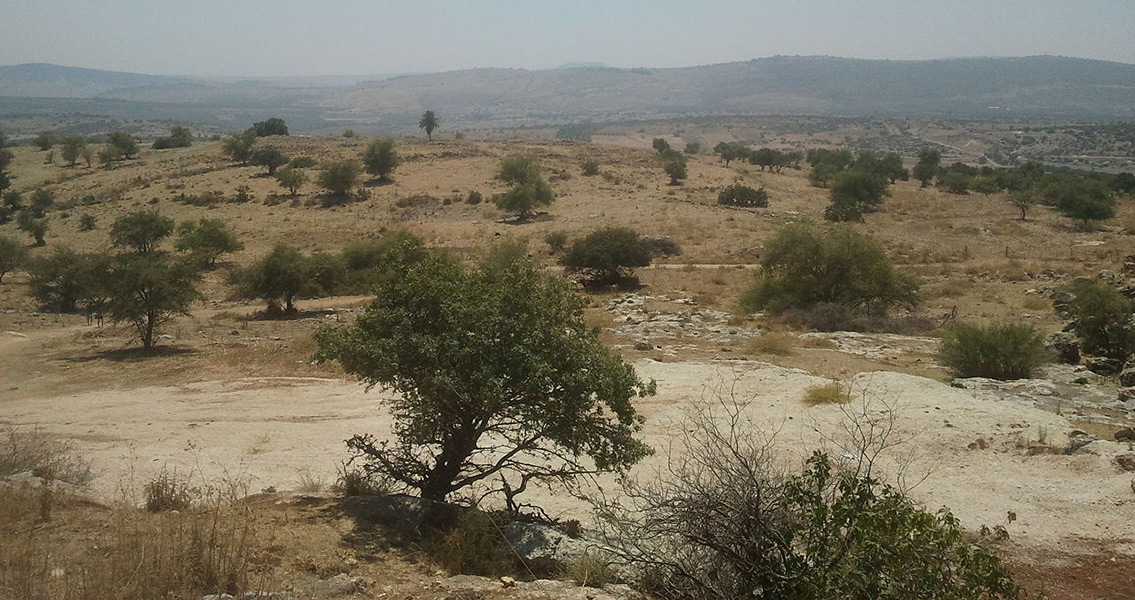<![CDATA[The fifth season of excavations at the village of Huqoq, an archeological site located in Israel, has revealed a medieval structure which experts believe may have been a Roman synagogue. The structure is located underneath a building that was constructed directly on top of it between the twelfth and thirteenth centuries and incorporates several of the original building's design features. Inhabited from biblical to modern times, archaeological surveys suggest Huqoq thrived as a Jewish agricultural village during the Hellenistic and Roman eras. The Hebrew Bible mentions Huqoq briefly as belonging to the tribal lands of Naphtali, one of the twelve tribes of Israel. According to the biblical account, after the Israelites conquered Canaan, Joshua divided the land between the twelve tribes, assigning Naphtali the land on the east side of the Galilee. There’s no mention of Huqoq by name in the New Testament, however, references to the village in rabbinic literature indicate that Jews continued to reside in the village during the Byzantine period, prior to it becoming the Muslim village of ‘Yaquq' sometime during the Middle Ages. Ottoman and British records show that Yaquq was a small Muslim farming village up to Israel’s War of Independence in 1948, after which it was abandoned and ultimately bulldozed in 1968. “A monumental public building was erected on the same spot as the late Roman synagogue, reusing some of the earlier structure's architectural elements, but expanding it in size", Jodi Magness, who oversees the Huqoq project, stated during a presentation of the research to the Archaeological Institute of America and the Society for Classical Studies. The twelfth century builders reused the synagogue’s east and north walls, along with the existing ancient pedestals and columns which they placed on top of low foundation walls. Additionally, the synagogue's original floor mosaics, which portray a variety of scenes including one of Samson carrying the gate of Gaza on his back and another depicting Noah’s Ark, have been preserved as part of the floor in the new building. Experts agree the older structure was likely used as a public building, either a mosque, church or synagogue. Historical accounts state that during the twelfth and thirteenth centuries, Muslim Mamluks and Crusaders fought for control of the region. The benches which line the east, west, and north walls are in a configuration commonly seen in other synagogues. "So far, I've found very little evidence of a Jewish presence in the area, which makes this structure both extremely exciting and frustrating," Arnold Franklin, with Queens College of the City University of New York, explained to Live Science. Since 2012, three amazingly intricate and well-preserved mosaics which once decorated the floor of the older synagogue have been found at the Huqoq site during excavations led by Jodi Magness from the University of North Carolina at Chapel Hill along with Shua Kisilevitz from the Israel Antiquities Authority. The mosaics have since been removed for conservation. ]]>
5th Century Synagogue Discovered Under 12th Century Building
